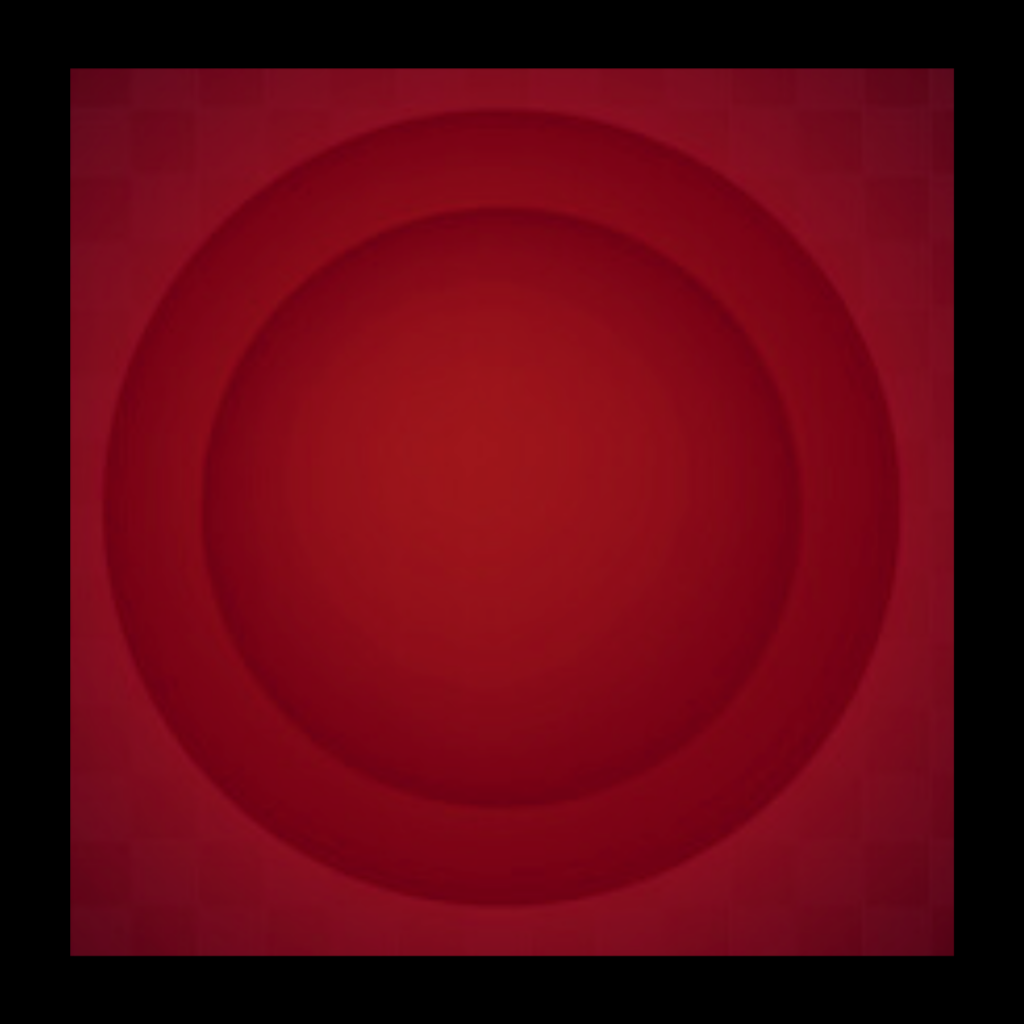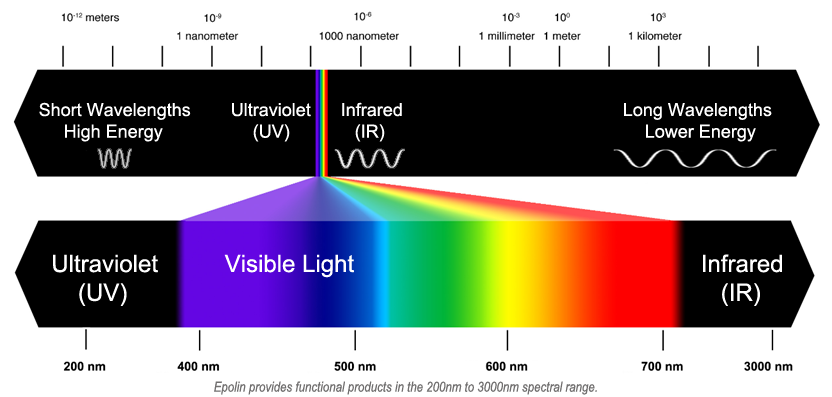In-vehicle Advanced Driver Assistance systems are designed to monitor driver alertness and provide occupant sensing for safety applications in Vehicles. These systems use Near Infrared (NIR) LEDs to illuminate and detect objects via directed or flood lighting of the cabin. To increase the performance and capability of these systems, they increasingly rely on Visible and NIR filters. A Visible Opaque dye formulation can be used to create an aesthetically pleasing opaque black that will remove all visible light from the sensor. Additional Near Infrared Dyes are added to the formulation to remove any infrared light that is present right up to the area where the sensor operates. This tailored formulation dramatically improves the overall performance and signal to noise ratio of the system which is critical in a safety application.

These formulations can also remove the distracting red glow that some perceive once their eyes have adjusted to low light conditions at night. This red glow comes from the NIR LED emission and is detectable by many drivers and occupants of the vehicle due to the sensitivity of the human eye as well as interactions with other components in the system. Epolin Visible Opaque formulations are tailored to the specific illumination spectra of the LED and Sensor and will mitigate this red glow to prevent distraction.
Many driver monitoring applications take advantage of the fact that our eyes will reflect NIR light. This used to be seen with the red eye effect present in photographs. By tracking the NIR reflection these systems can see specifically where the eyes are looking or if they are open or closed. As these systems evolve and become more complex with facial and gesture recognition, light absorbing formulations will become more critical to ensuring they function with the utmost safety and performance in mind. Epolin is continuing to develop new formulations to address these challenges in a variety of supply forms including application on-chip, within injection molded sensor lenses or covers, or via application of extruded or printed films.
Understanding Visible and Near Infrared (NIR) Light

NIR illumination and detection electronics often incorporate a plastic protective cover or lens that appears black or visibly opaque. You can commonly see these materials in the plastic cover on the end of a TV remote or a dome around a night vision security camera. They obscure electronics and filter the visual spectrum while efficiently transmitting specific portions of Near Infrared light. These systems use NIR light as opposed to visible light that we can see, for communication or sensing. Many of these systems will project a pattern of NIR light into the cabin for monitoring.
NIR light, starting at 780nm, has several advantages over visual light including no glare, lower diffraction in problematic atmospheric conditions, and increased transmission through many materials compared to visible light. Another advantage is that NIR wavelengths were largely presumed to be invisible to human sight as human eye sensitivity dramatically decreases at wavelengths longer than 700nm.
Red Glow and the Spectrum
More recent studies indicate that some human eyes can detect a visible red glow from the NIR light above 780nm. One study demonstrated that the human eye may respond to NIR radiation a depending on the light intensity, duration, angle, location of the image on the retina, as well as other factors. With the growth of NIR light applications, international standards have been established to limit infrared exposure to the eye.
Sensors, like human eyes, are also susceptible to environmental factors that can reduce performance. Fortunately, Visible Opaque materials can be utilized to pass desired signals while rejecting noise or interference.
Epolin’s Product Options:
These visible opaque, NIR transmitting functional materials may be sourced as an Epolight® dye blend in powder form for compounding or as ready to mold LuminateTM compounded thermoplastic pellet. Ink or thin film supply forms are also available.
Luminate Formulated Thermoplastic Pellet Grades Include:
- L7778:
- An economic solution to obscure device electronics like IR remotes.
- It blocks 200nm to 650nm and will transmit light above 720nm.
- L7276B
- Produces a deep, aesthetically appealing black that can be formulated into various shades of grey.
- This formulation will block 200nm to 750nm and transmit light above 795nm.
- L7276A
- Used to reduce solar and NIR interference to improve 905nm LiDAR signal fidelity.
- Reduces red glow from 850nm illumination in security camera applications. High transmission above 875nm.
- L7276F
- Mitigates the red glow from 940nm LEDs for applications requiring covert illumination concealment.
- Blocks from 200nm to 860nm and will transmit light above 980nm
- L7276E
- Begins to transmit above 935nm with good transmission over 1050nm.
Epolin’s knowledgeable technical team can provide timely, optimized, product recommendations for your specific application. Should a novel approach be required, our R&D group can develop new materials targeted to your unique specifications. Epolin’s “Concierge Chemistry” approach to product development and light management expertise allow us to tailor a solution to a wide range of challenging opportunities.
About Epolin
For over 40 years Epolin has been the leader in providing near infrared, visible, and UV absorbing dyes that can be used individually or combined into complex dye formulations to manage light for applications ranging from laser & welding protection to performance eyewear, digital displays & filters, and night vision products.
Our high-quality materials add performance and value in optimizing IR light absorbance and visible light transmittance in a myriad of Injection Moldable thermoplastic and thermoset polymeric materials such as polycarbonate, acrylic, cellulose propionate, polystyrene, PVC, COC and polyurethane. We would be pleased to work with you to create a product that meets your specific spectral requirements. Contact Us

